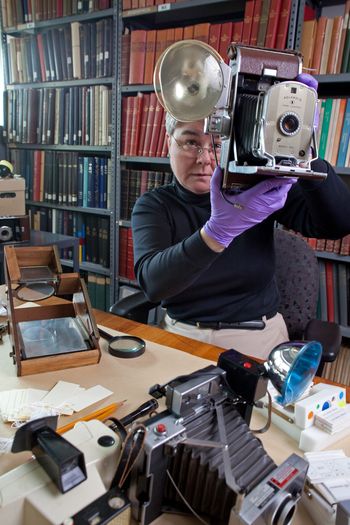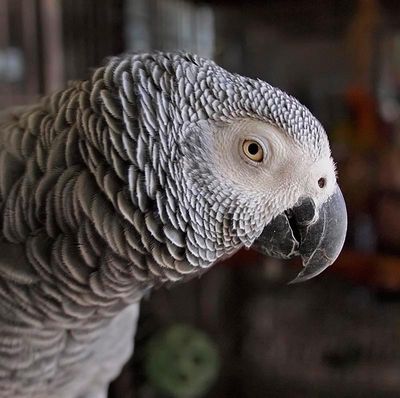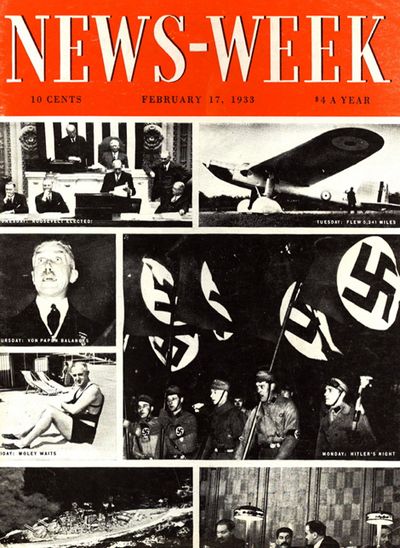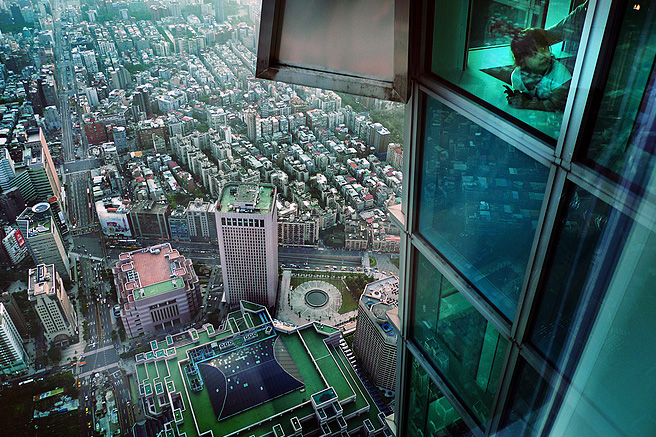By Geoff Wittig
The black and white landscape is one of my true photographic loves. Color landscape photographs can be beautiful, capturing a moment in time and space for others to appreciate. As art, however, it's constrained by viewers' expectations regarding color. We know what the world looks like; images that deviate too far tend to feel discordant rather than creative. Then there's the "Velvia straightjacket," the irresistible trend toward a vivid, eye-catching color palette; appealing at first, but cloying over time.
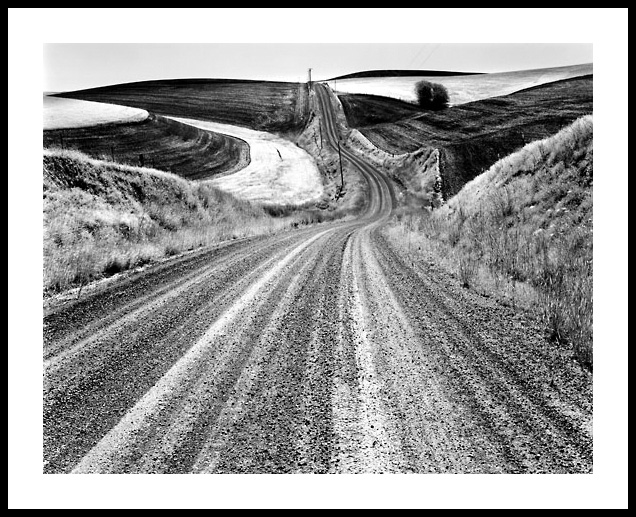 Don Kirby, Wheatfield, Ping Gulch Road, WA, from Wheatcountry
Don Kirby, Wheatfield, Ping Gulch Road, WA, from Wheatcountry
Black and white provides far greater latitude for interpretation. Images are already abstracted from reality by the absence of color, and radical departures from straight representation are readily accepted by the eye. Even the most iconic subjects can reveal something new to us when reinterpreted sensitively. An exploration of a subject that might seem uninteresting at first blush may take on an artistic life of its own, given enough time and room to breathe.
Don Kirby has been compiling a body of interpretive
landscape photography for decades, along with teaching
workshops. His 2001 monograph Wheatcountry
is a beautifully
printed volume filled with photographs of, yes, wheat
fields. This prosaic subject yielded images of striking
patterns of plowed and harvested fields under dramatic
prairie skies.
Nazraeli Press has recently released a companion
book, Grasslands. Kirby’s new book is identically
designed, using the same format, cover cloth, and
typography, despite the intervening eight years. The
photographic reproductions are in harmony with the earlier
volume's. Both also have their images bracketed between
thoughtful introductions by Richard Manning and an
afterwords by Jay Dusard. Together they represent an
extended visual meditation on the North American prairie.
Whereas Wheatcountry shows the weird geometric beauty imposed upon the land by agriculture, Grasslands instead shows us what the prairie looks like if we stay our hand. Kirby spent years using large format camera and sheet film, photographing the partially restored remnants of prehistoric grasslands scattered across the Great Plains. As Manning’s introduction explains, America’s National Grasslands are the abused, balkanized remnant of a far more ambitious plan to restore the prairie to its native state. The plan was drafted in the 1930s as an enlightened response to the ecological calamity of the Dust Bowl, but was quickly eviscerated by entrenched agricultural and ranching interests. Ironically, the relentless depopulation of Plains communities over the past few decades is reviving this plan by default.
The images themselves are striking, conveying at once the fine texture of the grass-covered prairie up close, and simultaneously its unimaginable immensity. Yosemite, Acadia, or the Great Smokies convey a sense of grandeur, of ostentatious natural beauty. Standing on the prairie instead conveys humility—a sense of just how small and insignificant a single person can be on the scale of the earth. The Great Plains have a subtle, spare beauty to offer, and Kirby’s photographs reveal it to great effect. They are classic large format images, from their fine detail and delicate tonality to their carefully judged darkroom manipulations. They extract surprising visual variety from a mostly treeless, largely flat landscape. The typography is sensitive and appropriate; W.A. Dwiggins' elegant Electra is a classical "modernist" typeface designed in the late 1930s with a subtle Art Deco sensibility; it perfectly matches the New Deal undercurrent of Grasslands' text. Great stuff all around.
Both books are also available from Nazraeli Press in pricey ($250) deluxe form, with an accompanying print.
-
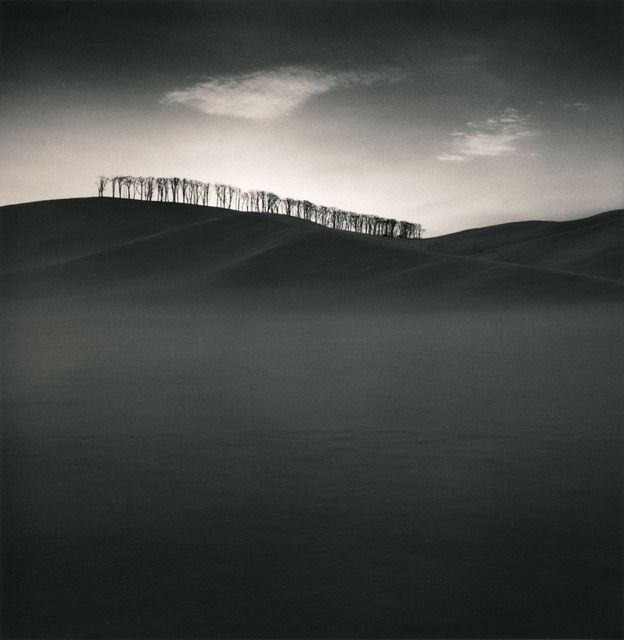 From Hokkaido by Michael Kenna
From Hokkaido by Michael Kenna
Nazraeli also publishes books by Michael Kenna, whose
subtle and enigmatic black and white landscapes have a
distinctive æsthetic. Mostly shot on medium format film,
Kenna's photographs involve extensive darkroom
interpretation, and typically are presented as modestly
sized square format prints. There are two retrospective
collections available in book form, Michael Kenna: A 20 Year Retrospective
and Retrospective Two
, as well as more
subject-specific books, ranging from Ratcliffe Power Station
in England to France's Mont St. Michel
. For those
who love books as fine art objects in their own right,
copies of his beautiful Hokkaido
are still available. A
re-issue of his widely admired volume on Japan
has also
recently been released.
Hokkaido is the Japanese archipelago’s relatively rural and isolated northern island, (very!) roughly equivalent to its Alaska. The introduction to Hokkaido is written by Daido Moriyama, who notes that Kenna sees a completely different island from the one he does. The images are vintage Kenna, deceptively simple with an almost Zen sensibility. Single trees inhabit lonely fields in falling snow; a meandering fence wanders over a hill and out of sight. The photographic reproductions are very unusual. Highlights are slightly gold-toned, using an ink/varnish combination that looks almost metallic and three-dimensional. The images also accurately emulate Kenna’s moody, grainy skies.
Typography is appropriately restrained and elegant, with the English text set in classical Bembo type and the accompanying Japanese text set in a harmonious Kanji font. The book is designed by Hideyuki Taguchi, a renowned Japanese designer. Hokkaido’s covers are actually wafer-thin, flexible maple boards glued to the cloth binding, with a slipcase provided to protect them. It’s certainly pricey at $250; but as a work of art in book form, it’s hard to top.
Geoff
Send this post to a friend
Note: Links in this post may be to our affiliates; sales through affiliate links may benefit this site. More...
Original contents copyright 2010 by Michael C. Johnston and/or the bylined author. All Rights Reserved.


